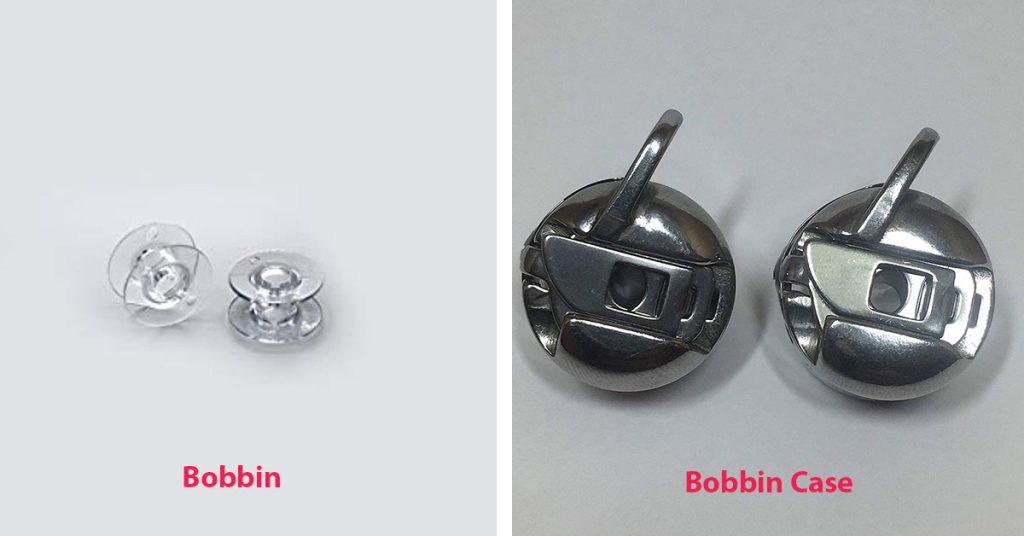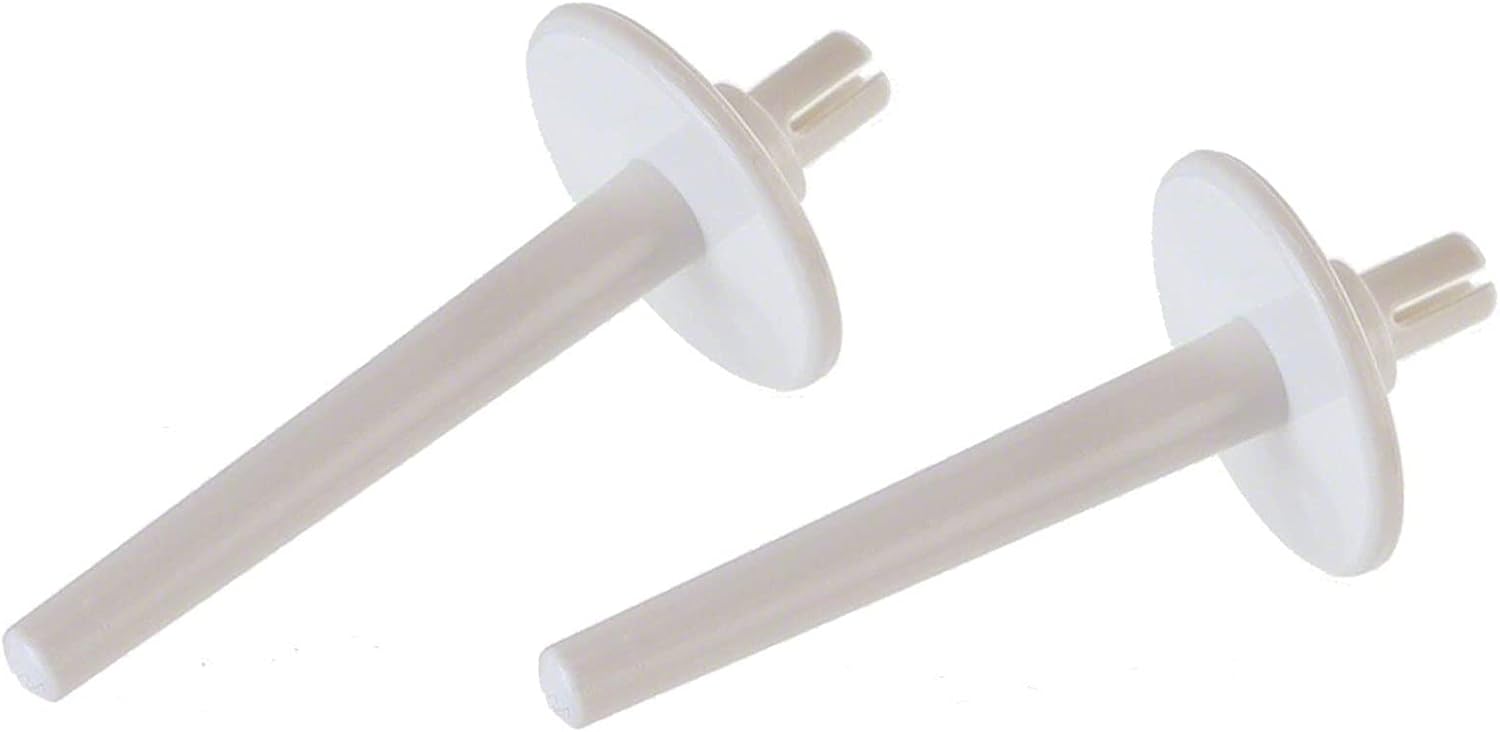Embarking on your sewing journey with a Brother machine? Dive into the intricate world of precision with our comprehensive guide to “Brother Sewing Machine Parts.”
Understanding these components is not just about mastering the craft but ensuring a seamless and enduring sewing experience.
Key parts specific to a Brother sewing machine, here it is:
- Needles
- Bobbins
- Presser Feet
- Bobbin Case
- Needle Plate
- Feed Dogs
- Thread Guide
- Tension Discs
- Foot Pedal
- Power Cord
- Light Bulb
- Handwheel
- Thread Spool Pin
- Thread Cutter
- Bobbin Winder
- Stitch Selector
- Stitch Length/Width Control
- Reverse Stitch Lever/Button
- Thread Tension Dial
This list includes the essential components you would commonly find in a Brother sewing machine. Depending on the model and its features, there might be additional parts or accessories available. Always consult your machine’s manual for a complete list of parts and maintenance guidelines specific to your model.
Basic Understanding of Brother Sewing Machine Parts
Unlock the essentials:
1. Needles:
- Types: Universal, Ballpoint, Stretch, Jeans, Leather, Quilting, Embroidery, etc.
- Sizes: Range from 60/8 (for lightweight fabrics) to 120/19 (for heavy materials).
- Uses: Each type and size is specific for different fabrics and sewing purposes. For example, ballpoint needles are ideal for knit fabrics, while leather needles are designed for tough, non-woven materials.
2. Presser Feet:
- Zipper Foot: Used for sewing zippers; allows stitching close to the zipper teeth.
- Buttonhole Foot: Automates the process of making buttonholes.
- Other Varieties: Include walking foot for multiple layers, overcasting foot for edges, and blind hem foot for invisible hems.
- Applications: Each foot has a unique purpose, enhancing precision in specific tasks.
3. Bobbin and Bobbin Case:
- Purpose: Bobbins hold the lower thread, and the bobbin case ensures smooth and even delivery of this thread during stitching.
- Maintenance Tips: Regular cleaning of lint and ensuring the bobbin is correctly wound and inserted.
4. Feed Dogs:
- Role: These toothed metal components move the fabric forward during stitching.
- Adjustment: This can be raised or lowered depending on the need (e.g., lowered for free-motion quilting).
5. Stitch Plate:
- Varieties: Standard, straight stitch, and professional grade plates.
- Selection: Choose based on the types of stitches being used and fabric thickness.
6. Spool Pin:
- Functionality: Holds the thread spool in place, ensuring smooth thread delivery to the machine.
7. Thread Tension Dial:
- Adjusting Tension: Critical for preventing puckering or loose stitches.
- For Various Fabrics: Requires adjustment based on fabric weight and type.
Related: Parts of a Sewing Machine: What’s What and What’s It Called?
Advanced Brother Sewing Machine Components
Take your skills to the next level:
1. Walking Foot:
- Benefits: Feeds layers of fabric evenly, preventing shifting and puckering.
- Use: Ideal for quilting and sewing thick fabrics like denim or leather.
2. Embroidery Hoops:
- Sizes: Range from small for monograms to large for full-pattern designs.
- Uses: Stabilizes fabric for precise machine embroidery.
3. Serger Blades:
- Importance: Crucial in overlocking machines for trimming fabric edges while sewing.
- Maintenance: Requires sharpening or replacement when dull.
4. Twin Needle Capability:
- Creating Parallel Lines: Allows for two rows of stitching simultaneously.
- Use: Decorative stitching, hemming, and topstitching.
5. Automatic Thread Cutter:
- Convenience: Trims the thread automatically at the end of sewing.
- Efficiency: Saves time and ensures clean thread edges.
6. Speed Control Slider:
- Managing Sewing Speed: Allows for easy adjustment of how fast the machine sews.
- Intricate Work: Useful for detailed or complex sewing where precision is key.
Each of these components plays a vital role in the functionality and versatility of Brother sewing machines. Understanding these parts not only helps in achieving the best sewing results but also ensures proper maintenance and longevity of the machine.
Selecting the Right Brother Sewing Machine Parts for Your Project
Navigate the selection process:
Assessing Project Needs:
- Matching Parts to Fabric Type: Choose needles and presser Brother Sewing Machine feet based on the fabric's weight and texture. For example, use a jersey needle for knits and a denim needle for heavy fabrics.
- Project Complexity: For intricate projects like embroidery, specialized parts like embroidery hoops or specific presser feet are required.
Compatibility Check:
- Model-Specific Parts: Always check the compatibility of parts with your Brother sewing machine model. Using incompatible parts can damage the machine or produce poor results.
- Official Resources: Refer to Brother’s official website or user manual for part compatibility information.
Quality vs. Price:
- Investment in Quality: While higher-priced parts often offer better performance and durability, weigh this against the frequency of use and project requirements.
- Balancing Budget: Consider whether a generic part suffices for occasional use or if a higher-quality, brand-specific part is a better long-term investment.
Original vs. Generic Parts:
- Original Parts: Guaranteed compatibility and often come with a warranty. However, they are typically more expensive.
- Generic Parts: More affordable but can vary in quality. Ensure they are from a reputable manufacturer.
Maintenance and Care for Brother Sewing Machine Parts
Keep your machine in prime condition:
Regular Cleaning:
- Steps: Clean lint and debris from the bobbin area, feed dogs, and under the needle plate after every project.
- Tools: Use a small brush or vacuum attachment designed for sewing machines.
Storage Tips:
- Proper Storage: Keep detachable parts like presser feet, needles, and bobbins in organized cases to prevent damage and loss.
- Environment: Store in a dry, dust-free environment to prevent rust or degradation.
Lubrication:
- Importance: Regular oiling ensures smooth operation and prevents wear and tear.
- Frequency: Follow the manufacturer’s guidelines, usually after every few hours of use.
Troubleshooting Common Issues:
- Solutions: Learn basic troubleshooting for common issues like thread bunching, needle breaking, or uneven stitches. Refer to the user manual or online resources for guidance.
Upgrading Your Brother Sewing Machine
Know when it's time for an upgrade:
When to Upgrade Parts:
- Signs for Replacement: Noticeable wear, consistent performance issues, or a desire to expand the machine’s capabilities.
- Upgrading for New Projects: Consider upgrading parts like presser feet or needles for specific projects.
Innovative Add-ons:
- New Parts: Explore the latest advancements in sewing machine parts for increased functionality, like LED lighting, laser guide, or advanced embroidery modules.
Consulting the Experts:
- Professional Advice: For significant upgrades or troubleshooting complex issues, consult with a Brother authorized service provider or experienced sewing machine technician.
Resource Guide
Where to find what you need:
Where to Buy:
- Recommended Suppliers: List trusted suppliers, both online and offline, for Brother sewing machine parts.
User Manuals and Guides:
- Utilization: Encourage readers to refer to Brother’s user manuals and guides for part installation and usage instructions.
Online Forums and Communities:
- Leveraging Knowledge: Suggest joining sewing forums and online communities for advice, reviews, and tips on Brother sewing machine parts.
Conclusion
Sum it up:
- Recap: Summarize the importance of understanding, selecting, and maintaining the right parts for Brother sewing machines.
- Encouragement: Motivate readers to experiment with different parts for diverse projects.
- Invitation for Feedback: Engage with readers by inviting comments or questions.








